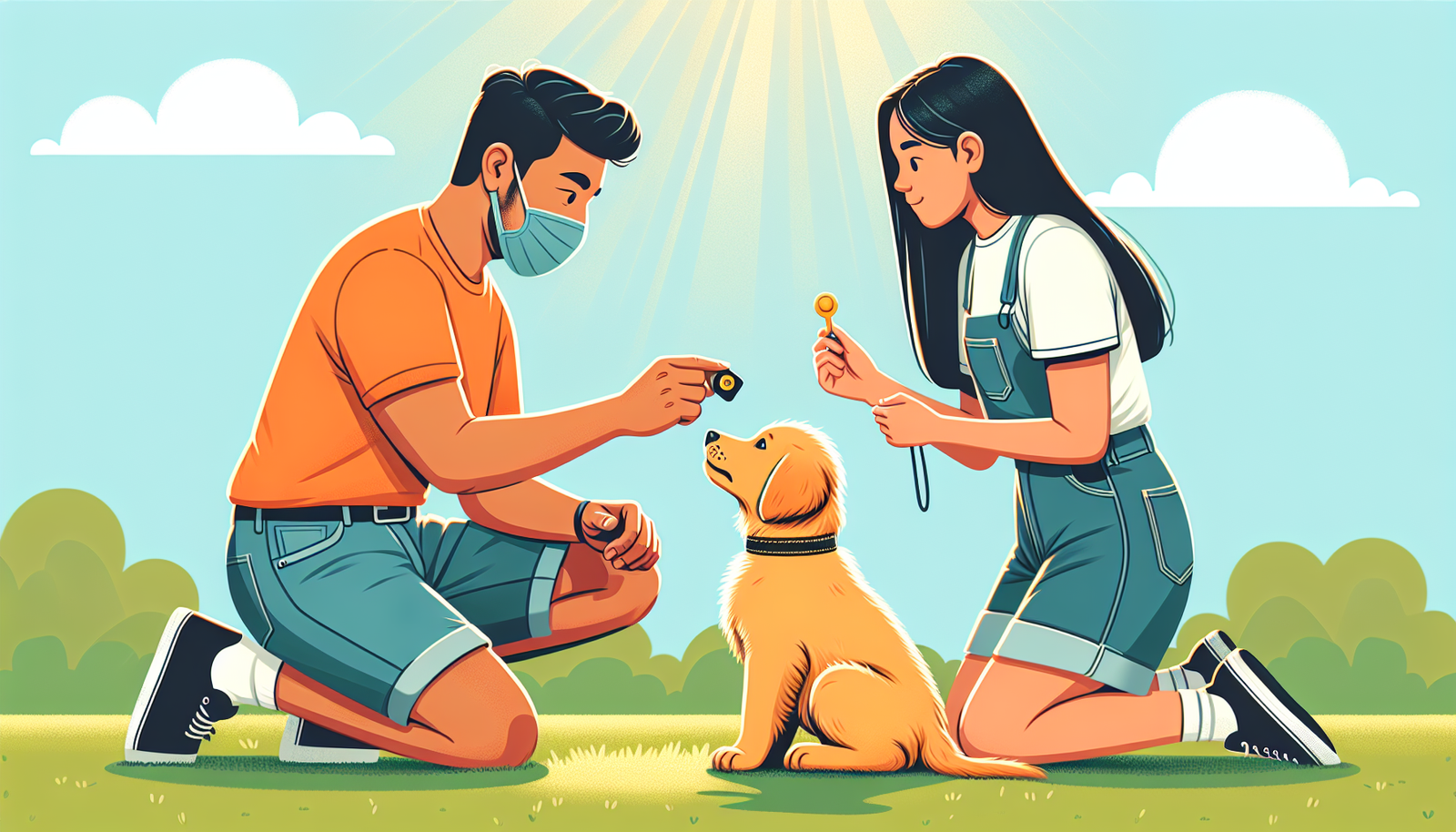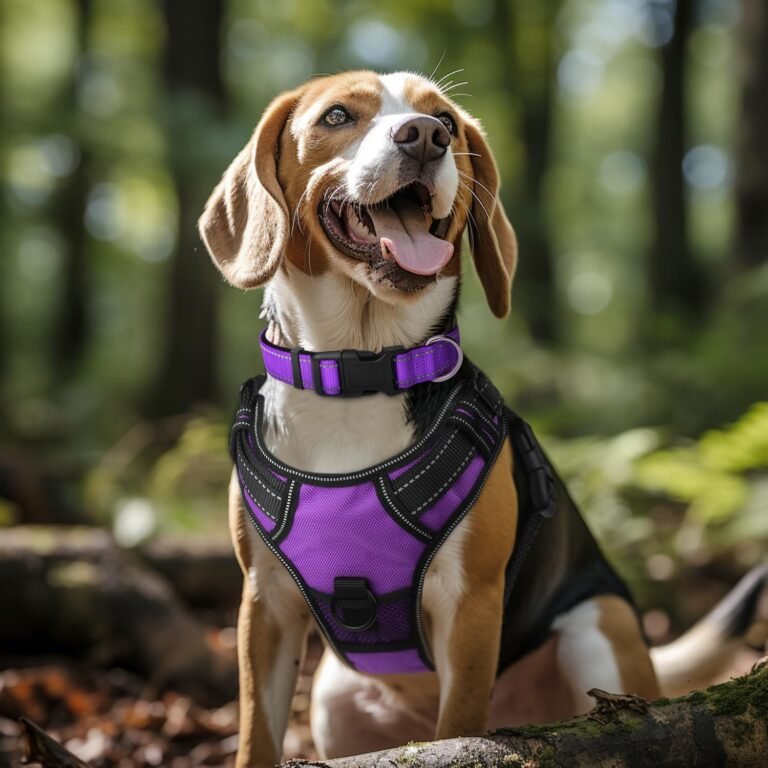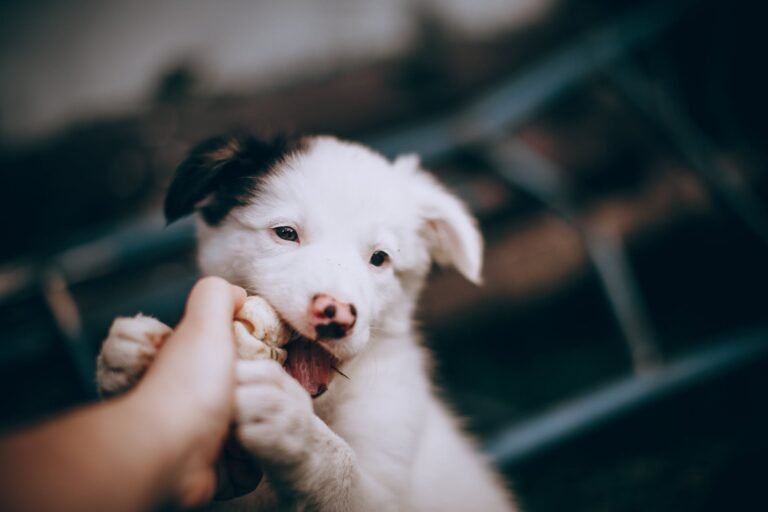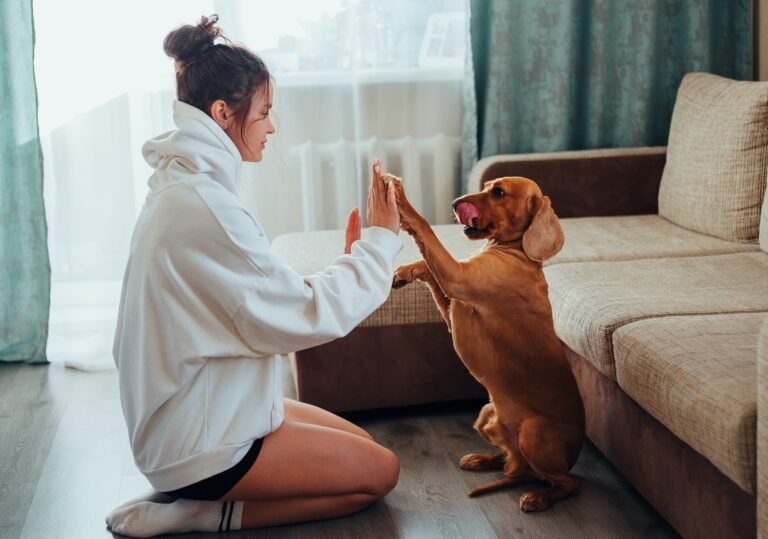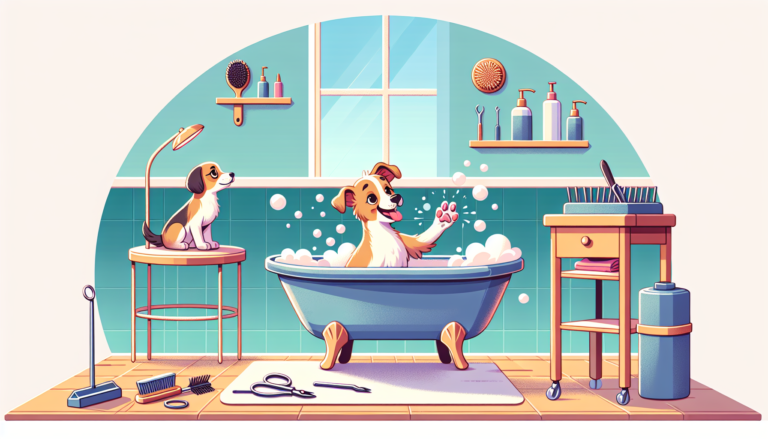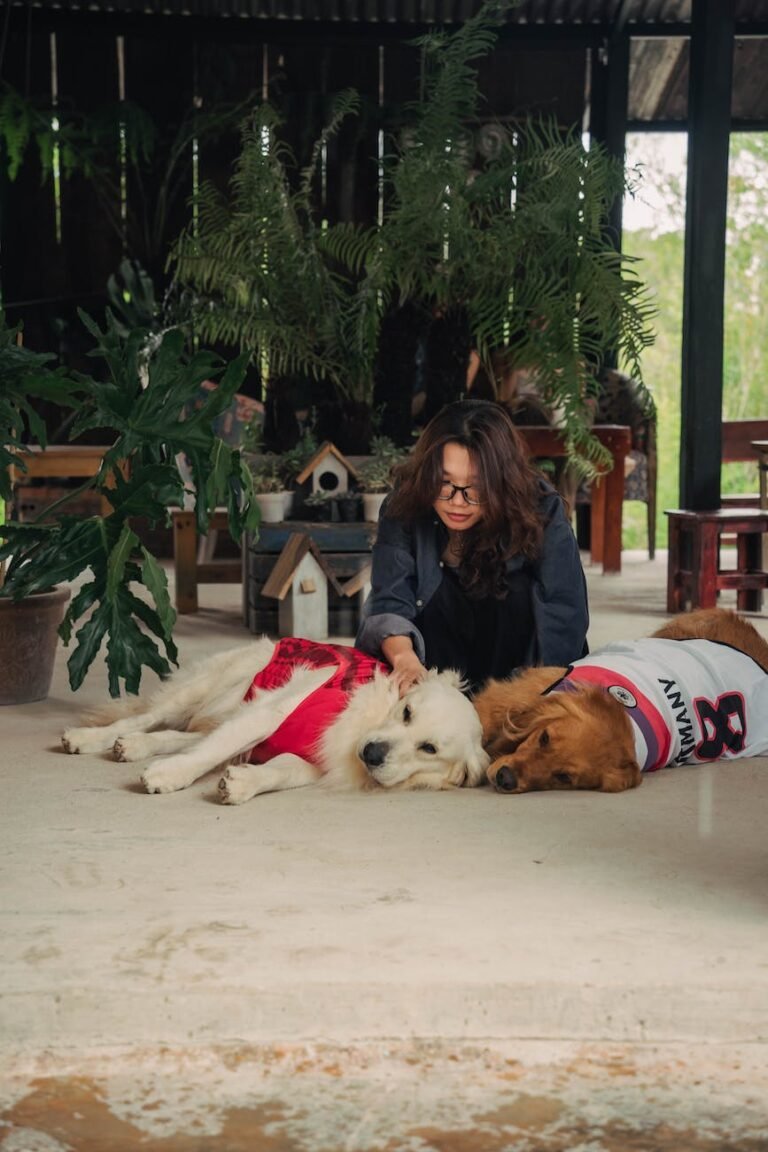What Are The Best Ways To Train A New Puppy?
Congratulations on your new furry addition! Training a new puppy can seem like a daunting task, but fear not, for there are numerous effective methods to help your little bundle of joy become a well-behaved companion. From positive reinforcement to consistency, this article will explore the best ways to train your new puppy. Whether you’re a first-time puppy parent or experienced in the art of puppy training, these techniques will set you and your four-legged friend up for success. So grab your treats and get ready to embark on a journey of training and bonding with your new pup!
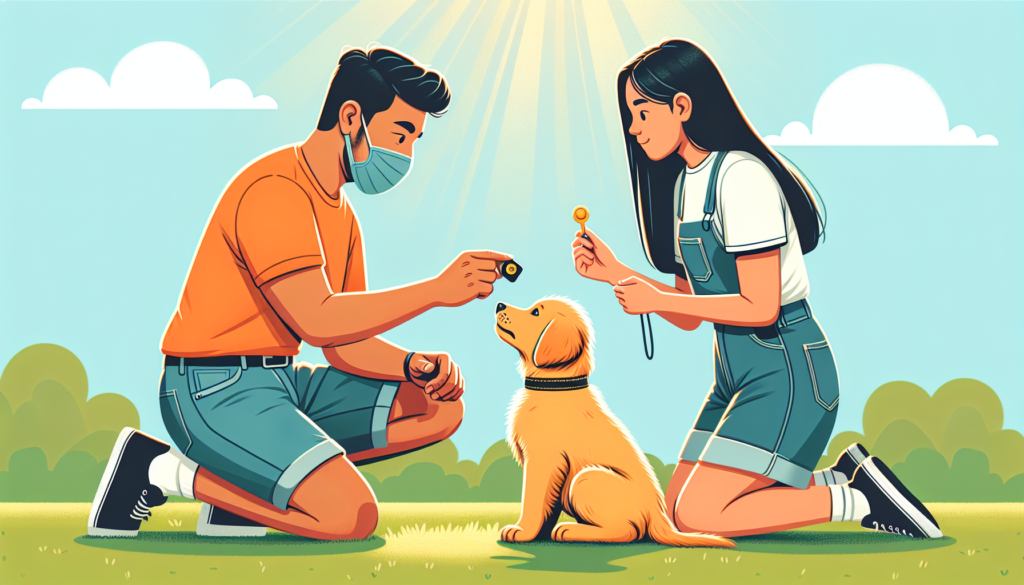
Basic Puppy Training
Potty Training
Potty training is one of the first and most important skills to teach your new puppy. Start by establishing a designated potty area in your home or yard. Take your puppy to this spot consistently after meals, naps, and playtime, as well as first thing in the morning and right before bed. Use positive reinforcement, such as treats or verbal praise, when your puppy successfully eliminates in the designated area. Be patient and consistent, as accidents are bound to happen during the learning process. Avoid punishing your puppy for accidents, as this can lead to fear or anxiety.
Crate Training
Crate training can provide your puppy with a safe and comfortable space of their own. Introduce the crate gradually, making it a positive and inviting environment by placing bedding, toys, and treats inside. Encourage your puppy to enter the crate voluntarily and reward them for doing so. Use the crate for short periods initially, gradually increasing the duration as your puppy becomes more comfortable. Crate training can help with potty training, prevent destructive behavior, and provide a secure space for your puppy when you’re not able to supervise them.
Leash Training
Leash training is essential for both your puppy’s safety and your own. Start by introducing your puppy to a collar or harness and allow them to get used to wearing it before attaching a leash. Begin in a quiet and familiar environment to avoid overwhelming your puppy. Encourage them to walk beside you with treats or praise, rewarding them for walking without pulling. Gradually increase the duration and difficulty of your walks, ensuring your puppy remains calm and focused. Leash training exercises can be combined with other basic commands such as “sit” and “stay” to reinforce obedience.
Basic Commands
Teaching your puppy basic commands is a fundamental part of their training. Start with simple commands like “sit,” “down,” and “stay,” using positive reinforcement and rewards to encourage compliance. Use a clear and consistent voice tone to convey your commands effectively. Break down each command into manageable steps, gradually increasing the difficulty level as your puppy becomes more proficient. Practice these commands in different environments and situations to ensure your puppy understands and responds reliably.
Socialization
Socialization is crucial for helping your puppy develop into a well-rounded and confident dog. Introduce them to various people, animals, and environments to expose them to different stimuli. Arrange supervised playdates with other compatible dogs to promote positive interactions. Encourage gentle and appropriate behavior during socialization experiences, rewarding your puppy for calm and friendly interactions. Socialization helps prevent fear-based aggression and increases your puppy’s comfort level in different situations.
Positive Reinforcement
Reward-Based Training
Reward-based training involves using positive reinforcement, such as treats, praise, or play, to encourage desired behaviors in your puppy. When your puppy performs a command correctly, immediately reward them with a high-value treat and praise. Consistency and timing are key to reinforce the connection between the behavior and the reward. Be generous with your rewards initially, gradually decreasing the frequency as your puppy becomes more proficient. Positive reinforcement creates a positive and enjoyable training experience for both you and your puppy.
Clicker Training
Clicker training is a popular technique that pairs a distinct clicking sound with positive reinforcement. Start by associating the clicker sound with rewards by clicking and giving a treat immediately afterward. Once your puppy understands the connection between the clicker and the treat, you can use the clicker to mark desired behaviors and reinforce the training. Clicker training helps to provide clear communication and precise timing, enhancing the effectiveness of positive reinforcement.
Treats and Toys
Treats and toys play a vital role in puppy training. Use small, soft, and highly desirable treats that your puppy loves, and reserve them exclusively for training purposes. This will keep your puppy motivated and focused during training sessions. Additionally, incorporate interactive toys into your training routine to provide mental stimulation and keep your puppy engaged. Rotate different toys to prevent boredom and maintain their interest. The combination of treats and toys will make training sessions enjoyable for your puppy and strengthen your bond.
Consistency and Patience
Establish a Routine
Establishing a consistent routine is essential for successful puppy training. Dogs thrive on routine and predictability, so establish regular feeding times, potty breaks, exercise sessions, and training sessions. Consistency allows your puppy to understand what is expected of them and promotes faster learning and understanding. Stick to a predictable schedule to ensure your puppy’s needs are met and to build a strong foundation for training.
Set Clear Rules and Boundaries
Setting clear rules and boundaries from the beginning will prevent confusion and promote positive behavior. Determine what behaviors are acceptable and what behaviors are not, and consistently enforce these rules. For example, if you don’t want your puppy on the furniture, be firm and consistent in redirecting them to their designated spot. Use positive reinforcement to reward your puppy when they adhere to the rules and boundaries, reinforcing the desired behavior.
Avoid Inconsistency
Inconsistency can confuse your puppy and hinder their progress in training. Ensure that all family members are on the same page and consistently reinforce the same rules and commands. Use the same verbal cues, hand gestures, and rewards to avoid confusion. Consistency will help your puppy understand what is expected of them and make the learning process smoother and more effective.
Be Patient
Patience is key when training a new puppy. Remember that your puppy is learning and understanding the world around them, which takes time and repetition. Avoid getting frustrated or losing your temper, as this can cause unnecessary stress for both you and your puppy. Celebrate small victories and progress, and focus on the positive aspects of your puppy’s behavior. Be patient and understanding, and know that consistency and positive reinforcement will yield the best results in the long run.
Body Language and Vocal Cues
Understanding Canine Communication
Understanding canine body language is essential for effective communication with your puppy. Dogs use various body signals and vocalizations to convey their emotions and intentions. Learn to recognize signs of fear, aggression, anxiety, and relaxation in your puppy’s body language. This will help you understand how they are feeling and respond appropriately. Pay attention to ear position, tail wagging, posture, and facial expressions when interpreting your puppy’s emotions.
Using Body Language to Communicate
Your own body language plays a crucial role in communicating with your puppy. Dogs are highly perceptive to human body language, so ensure your actions are clear and consistent. Use open and relaxed body posture when interacting with your puppy to convey trust and approachability. Avoid looming over your puppy or making sudden movements, as this can intimidate or provoke fear. Use gentle touch and positive reinforcement to create a positive and trusting bond.
Using Vocal Cues Effectively
Vocal cues, such as verbal commands and tone of voice, are important tools for communicating with your puppy. Use a clear, firm, and consistent voice when giving commands to convey authority and clarity. Choose specific words or phrases for each command and consistently use them. Avoid yelling or using harsh tones, as this can create fear or confusion. Your tone of voice should match the command – use an upbeat and enthusiastic tone for positive reinforcement and a calm and authoritative tone for commands.
Socialization and Exposure
Introduce to Different People
Introducing your puppy to a variety of people is crucial for their socialization. Expose your puppy to people of different ages, genders, and appearances to ensure they are comfortable with various individuals. Encourage gentle interactions and provide positive reinforcement when your puppy displays friendly behavior. Take your puppy to public places like parks or pet-friendly stores to expose them to different environments and people. Proper socialization will help your puppy become comfortable and confident in various social settings.
Expose to Various Environments
Introduce your puppy to a range of environments to build their confidence and adaptability. Start with calm and familiar environments, gradually progressing to busier and more challenging ones. Expose your puppy to different surfaces, sounds, and smells to help them become well-rounded and less fearful of the unknown. Ensure that each exposure is positive and rewarding, using treats and praise to reinforce calm and confident behavior.
Interact with Other Dogs
Interacting with other dogs is an important part of socialization for your puppy. Arrange playdates or set up supervised interactions with other friendly and vaccinated dogs. Observe your puppy’s body language and ensure the interactions are positive and appropriate. Encourage gentle play and intervene if necessary to prevent any rough behavior. Positive interactions with other dogs will help your puppy develop proper social skills and become comfortable in canine company.
Managing Problem Behaviors
Addressing Biting and Chewing
Puppies explore the world with their mouths, which can lead to unwanted biting and chewing behaviors. Address these behaviors by providing appropriate chew toys and redirecting your puppy’s attention when they bite or chew on inappropriate items. Use positive reinforcement to reward your puppy when they chew on appropriate toys. Consistency is key, so be patient and persistent in reinforcing proper chewing habits.
Dealing with Separation Anxiety
Separation anxiety is a common issue for puppies, but it can be managed with patience and training. Gradually acclimate your puppy to being alone by leaving them for short periods and gradually increasing the duration. Create a safe and comfortable space for your puppy when you’re away, such as a confined area with toys and bedding. Use positive reinforcement when your puppy remains calm and relaxed during your absence. Seek professional help if your puppy’s separation anxiety becomes severe or persists.
Discouraging Excessive Barking
Excessive barking can be problematic, but it can be addressed through consistent training. Identify the triggers that cause your puppy to bark excessively and work on desensitizing them to those stimuli. Use positive reinforcement to reward your puppy when they remain calm and quiet in the presence of triggers. Avoid shouting or yelling, as this can escalate the barking behavior. Provide mental and physical stimulation to prevent boredom, which can contribute to excessive barking.
Preventing Jumping Up
Jumping up is a natural behavior for puppies seeking attention, but it can become problematic if not addressed. Teach your puppy an alternative behavior, such as sitting or offering a paw, and reward them for this behavior instead of jumping. Remain consistent in rewarding the desired behavior and ignoring or redirecting your puppy’s jumping. Reinforce the importance of all four paws on the ground by providing treats and praise when your puppy remains calm and seated.
Professional Training Classes
Enrolling in Puppy Obedience Classes
Enrolling your puppy in obedience classes can provide structured training and socialization opportunities. Look for certified trainers who use positive reinforcement techniques and have experience with puppies. In obedience classes, your puppy will learn basic commands, socialize with other puppies, and develop good manners. Training classes also provide guidance for addressing specific behavioral challenges. Participating in these classes will help you and your puppy build a strong foundation for lifelong learning and obedience.
Working with Professional Trainers
If you encounter specific training challenges or behavior issues with your puppy, seeking the help of a professional trainer can be beneficial. Professional trainers have the knowledge and experience to address problem behaviors and help you develop effective training strategies. They can provide personalized guidance and support tailored to your puppy’s specific needs. Working with a trainer will ensure you are utilizing the most effective training techniques and will maximize your puppy’s learning potential.
Avoiding Punishment-Based Techniques
Positive Reinforcement vs. Punishment
Positive reinforcement techniques focus on rewarding desired behaviors, while punishment-based techniques rely on aversive stimuli to deter unwanted behaviors. Positive reinforcement creates a positive and trusting relationship between you and your puppy, while punishment can lead to fear, anxiety, and aggression. Punishment-based techniques can also inhibit your puppy’s willingness to learn and can damage the bond between you. Choose positive reinforcement methods to create a harmonious and enjoyable training experience for both you and your puppy.
Harmful Effects of Punishment on Training
Punishment-based training techniques can have long-term detrimental effects on your puppy’s behavior and well-being. Studies have shown that punishment can lead to increased fear and anxiety, reduced problem-solving abilities, and a higher likelihood of aggression. It can also damage the trust and bond between you and your puppy. By focusing on positive reinforcement, you can create a positive and rewarding training environment that promotes trust, confidence, and a lifelong love of learning.
Using Technology and Training Aids
Utilizing Training Apps and Websites
Technology can be a valuable resource for puppy training. There are numerous training apps and websites available that provide tutorials, tips, and training programs. These resources can help you learn new training techniques, track your puppy’s progress, and provide guidance for addressing specific behaviors. Use these tools as a supplement to your hands-on training, ensuring the techniques align with positive reinforcement methods.
Using Training Clickers and Whistles
Training aids such as clickers and whistles can enhance communication and precision during training sessions. Clicker training has become a popular method for marking desired behaviors, as the distinct clicking sound provides immediate feedback. Whistles can be used for recall or to signal specific commands. Introduce these devices gradually, associating them with rewards to create positive experiences. Choose the training aid that suits your preferences and training goals, and use them consistently to reinforce commands and behaviors.
Continuing Education and Training
Training as the Dog Grows
Puppy training is an ongoing process that should continue as your puppy grows into an adult dog. As your puppy matures, you can gradually increase the difficulty of training exercises and introduce more advanced commands. Continue to reinforce basic commands and behaviors, ensuring they remain reliable. Additionally, address any new challenges or behaviors that may arise with age, such as adolescence or territorial behavior. Consistency, positive reinforcement, and regular training sessions will help your dog maintain their training and continue to learn throughout their life.
Advanced Training Techniques
Once your puppy has mastered basic commands and behaviors, you can explore advanced training techniques. Advanced training can include tricks, agility training, or participating in dog sports or competitions. These activities provide mental stimulation, exercise, and strengthen the bond between you and your dog. Advanced training techniques require time, patience, and commitment, but the rewards are worth it. Consult with professional trainers or join advanced training classes to learn specific techniques and skills.

